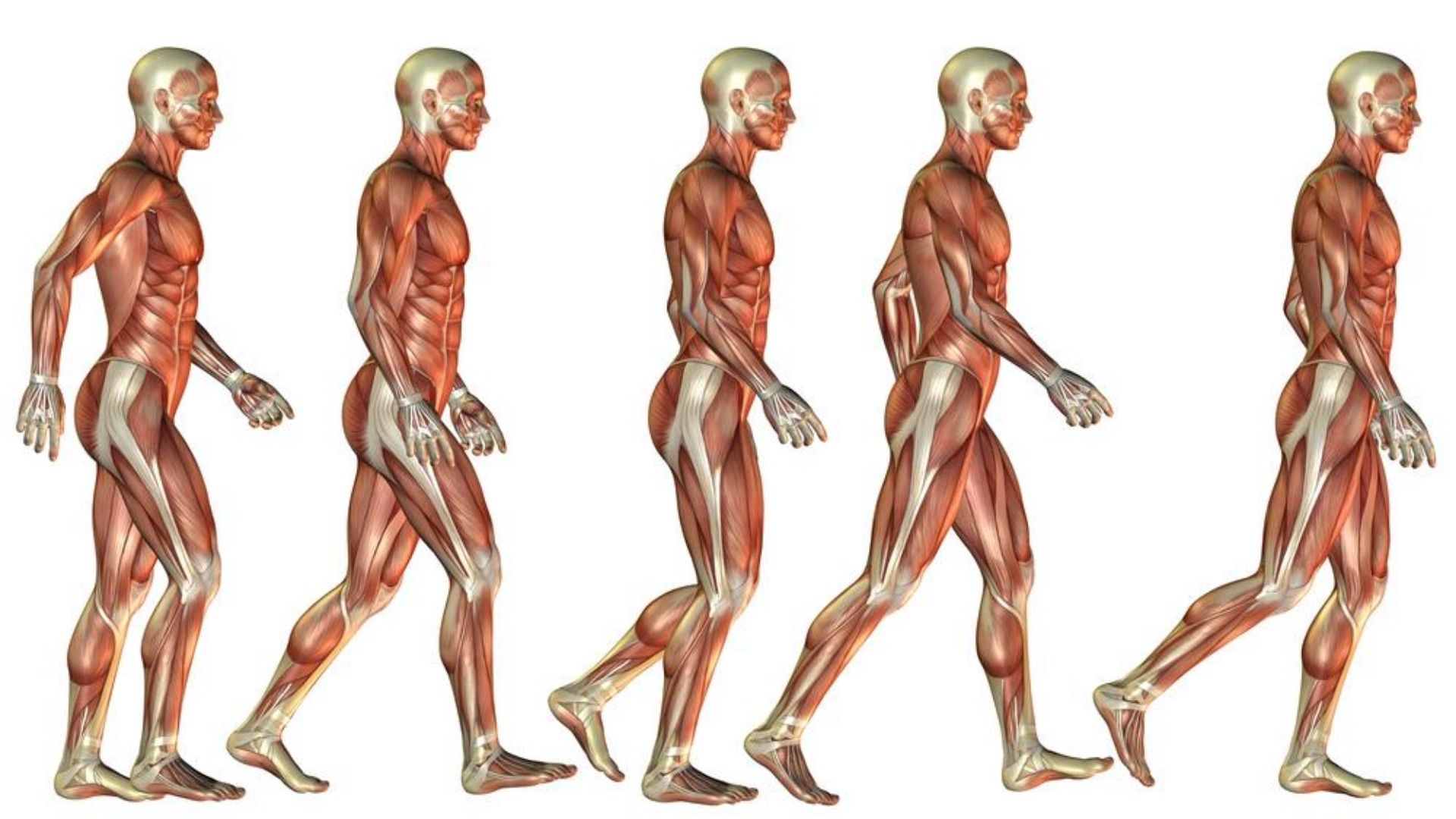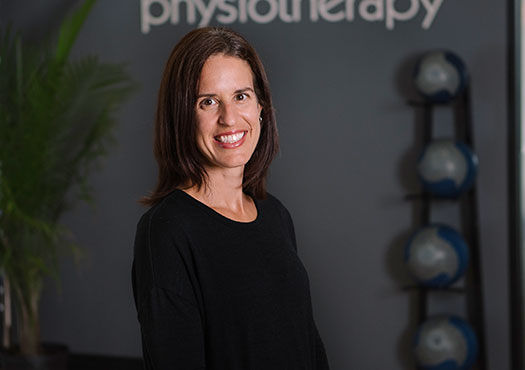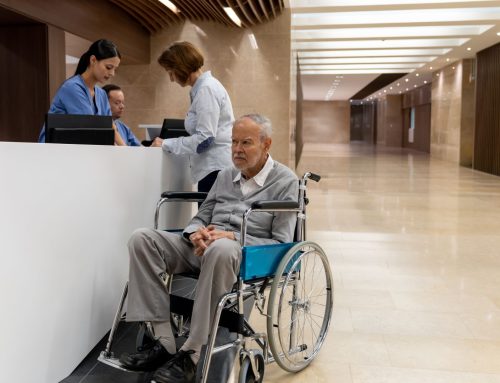Most of us do not have to put any thought into completing everyday tasks, like walking, grabbing a cup or climbing stairs. These routine actions are an unconscious and often automatic occurrence that we take for granted. A neurological condition, like a stroke or spinal cord injury can affect a person’s ability to perform a task optimally, what we often call in physiotherapy normal movement.
Human movement is, in fact, very complex. It is a process by which the nervous system organizes sensory information from the environment and processes it into muscular activity based on the goal or task. Even when the brain is impacted by a neurological injury, its ability to adapt and reorganize makes recovery possible. In this week’s blog, we talk about normal movement and how it is used in neurological rehabilitation.
What is Normal Movement?
Normal movement is defined as the most efficient and economical movement or performance of a given task and is specific to the individual.[i] It is a way to describe the optimal way to perform a certain movement.
Another aspect of the efficiency of movement includes:
- goal achievement
- minimum energy expenditure
- and minimum movement time.[ii]
One of the major contributors to normal movement is called postural control. Postural control is the use of postural muscles of the body to maintain and achieve balance when performing self-initiated tasks (e.g. reaching for a glass) or through external disturbances (someone unexpectedly bumping into you).
Postural control uses many sensory systems in our body (e.g. vision, vestibular) to help provide stability during various static and dynamic activities such as sitting, standing, walking or kneeling.
Normal Movement & Neurological Conditions
With a neurological condition such as a brain injury, stroke or spinal cord injury, damage has occurred to the central nervous system. This can have varying and extensive effects on a person’s ability to move efficiently.
A neurological condition can influence:
- Muscle tone
- Sensory input
- Perception and attention
All these factors have effects on walking, balance and posture. The most apparent deficit is often in muscle tone. Depending on the type and area of injury muscles can be flaccid (weakness or paralysis in muscles) or have increased tone or spasticity (stiffening, tightening or contraction in muscles).
Sensory input can be impacted with impaired sensation such as numbness, hyperesthesia, decreased spatial awareness and visual changes that can all impact one’s ability to move. Perception and attention can alter one’s awareness of body position and body movements, thus leading to abnormal movement patterns.
The aim of neurological treatment techniques is to restore normal movement to the greatest degree possible. Though the effects of neurological conditions can be devastating, this approach is based on the brain’s ability to adapt to change, reorganize (neuroplasticity) and recover after neurological injury.
This training can lead to reorganization, structural and functional changes to the central nervous system. Therapist and client can facilitate positive changes that enhance motor recovery, allow movements to be easier and pain free, and improve independence in overall mobility.
Written by

















